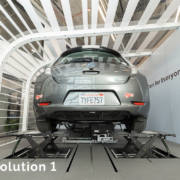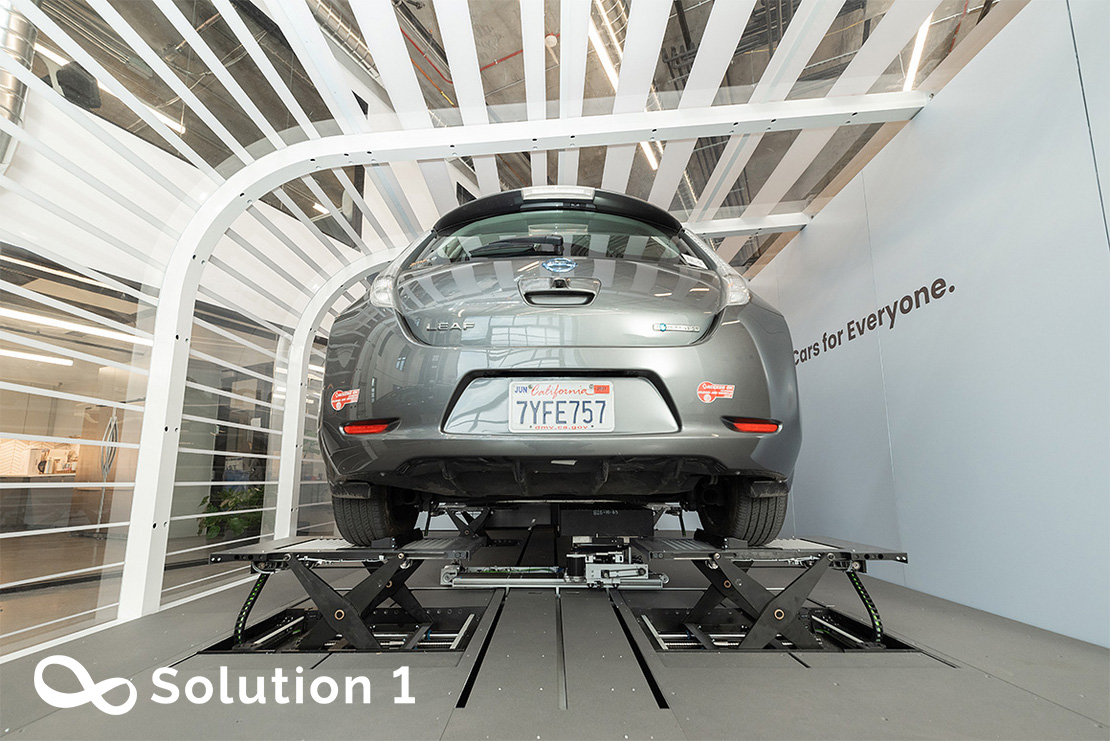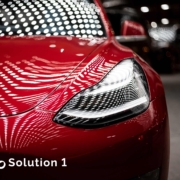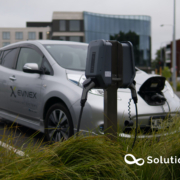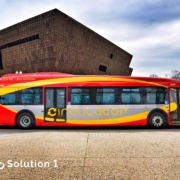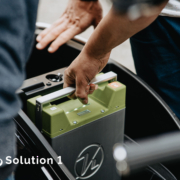Battery-swapping technology: a comparison of different approaches and applications.
Source:Ample
Battery-swapping technology for electric buses was first commercially deployed by China in 2008. During the Summer Olympics, batteries were replaced in about 50 buses running on various routes. Since then, battery swapping in such vehicles has been widely implemented in China, Japan, and South Korea.
The following are the various swapping methods, which are classified according to the location of the battery in the vehicle and the robotic arm’s application point:
Bottom swapping is for vehicles with a battery that is located at the bottom of the vehicle. The swapping station is designed to be parked on a raised platform and the batteries are switched from the bottom using a robotic arm and other accessories usually located below ground level.
Top swapping, is more widely seen with electric buses, where the batteries are mounted on top and the rooftop opens as the bus arrives, allowing the swapping to be done by a robotic arm; sideways swapping is commonly seen in buses and other vehicles where the sideways configuration is the most practical, rear swapping is seen in vehicles where the battery is mounted backward. Typically, in the case of vehicles with a big trunk.
In order to establish and successfully implement battery swapping technology for electric vehicles such as cars, vans, and buses, extensive planning must be carried out, covering all necessary requirements, from the availability of batteries and chargers to the storage and management of data via the cloud and communication between components so as to ensure interoperability.
Battery-swapping stations can only operate successfully if there is continuous communication between the different components of the system, such as a vehicle, the battery-swapping station, and the information system. The information system is used to communicate with both the vehicle and the station.
The vehicle communicates with the information system using the wave communication system, integrating of several communication networks into one, while the station uses local Internet access. When the vehicle’s battery charge is low, the information system receives a notification from the vehicle requesting a battery swapping service.
The information system informs the station of the vehicle’s location and the estimated time of arrival to prepare an available battery until the vehicle arrives. When the vehicle arrives at the station, the driver swipes one’s membership card and the information system verifies all relevant data contained therein. This data includes information about the vehicle, battery, swapping history, completed transactions, and other relevant information.
All data must then be archived in the cloud and be accessible to the station owner and customer to ensure full transparency of procedures. Once the swapping is completed, the discharged battery is monitored for the state of charge, degradation level, battery age, or the number of charge and discharge cycles completed.
In the battery-swapping station, the driver who arrives first should have priority compared to those who arrive later as is the case at conventional filling stations. In order to meet the demand of all customers approaching the battery-swapping station, it is necessary to recharge the batteries immediately after the swap so that they are available for the next customers. An integrated battery-swapping station should maximize the range with minimal waiting time for battery swapping.
In the battery-swapping station, the driver who arrives first should have priority compared to those who arrive later as is the case at conventional filling stations. In order to meet the demand of all customers approaching the battery-swapping station, it is necessary to recharge the batteries immediately after the swap so that they are available for the next customers. An integrated battery-swapping station should maximize the range with minimal waiting time for battery swapping.

